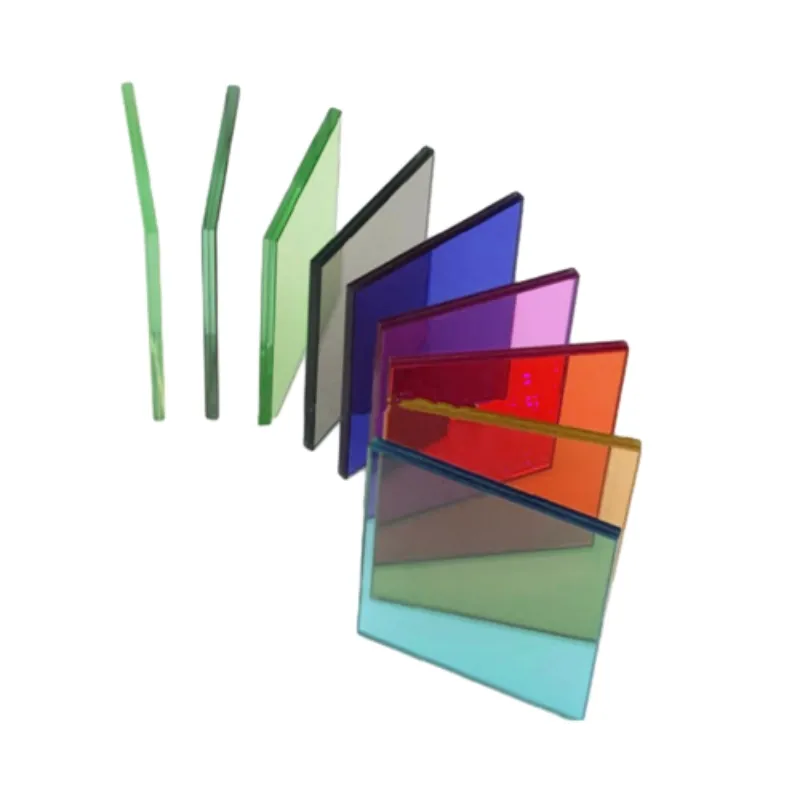Nov . 27, 2024 18:54 Back to list
Exploring the Aesthetics and Benefits of Tinted Black Glass Options
Exploring the Aesthetic and Functional Attributes of Tinted Black Glass
Tinted black glass has emerged as a prominent choice for both architectural and interior design applications. This versatile material combines aesthetic appeal with functional benefits, making it a favorite among architects, designers, and homeowners alike. In this article, we will delve into the characteristics, advantages, and potential applications of tinted black glass, illustrating why it continues to gain popularity in modern design.
Aesthetic Appeal
One of the most compelling reasons for the popularity of tinted black glass is its sleek and contemporary appearance. The deep, dark hue exudes elegance and sophistication, transforming ordinary spaces into stunning visual experiences. When used in windows, doors, or partitions, tinted black glass creates a striking contrast against lighter surroundings, making architectural elements stand out. Its reflective qualities can enhance the overall design by interacting with light, creating dynamic visual effects throughout the day.
Moreover, tinted black glass can be combined with various materials such as wood, metal, and stone, adding depth and texture to interior spaces. Whether in residential homes, corporate offices, or commercial establishments, the integration of tinted black glass contributes to a modern and polished aesthetic that resonates with today's design sensibilities.
Functional Benefits
Beyond its appearance, tinted black glass offers a range of functional benefits that enhance the usability of spaces while providing comfort. One of the primary advantages is its ability to reduce glare. In spaces flooded with natural light, the reflective surface of tinted black glass minimizes harsh sunlight, creating a more pleasant atmosphere for occupants. This feature is particularly valuable in office settings, where excessive glare can hinder productivity and focus.
Furthermore, tinted black glass effectively blocks harmful UV rays, which can lead to skin damage and fade furnishings, art, and other decor
. By filtering out these rays, tinted black glass contributes to a healthier indoor environment, ensuring that both people and possessions are protected from potential harm.tinted black glass

Energy Efficiency
Another significant advantage of tinted black glass is its potential for energy efficiency. By reducing heat gain from sunlight, tinted glass can help regulate indoor temperatures, ultimately lowering the need for excessive heating or cooling. This characteristic can lead to increased energy savings, promoting a more sustainable approach to building design.
In commercial buildings, the use of tinted black glass can also contribute to the LEED (Leadership in Energy and Environmental Design) certification, a widely recognized symbol of sustainability. By incorporating this material into their designs, architects and builders can meet strict energy efficiency standards, enhancing the overall appeal of their projects.
Applications
The versatility of tinted black glass allows for various applications across different industries. In residential settings, it can be utilized for windows, sliding doors, shower enclosures, and even furniture, such as coffee tables or shelves. In commercial environments, tinted black glass is often used in facades, storefronts, conference rooms, and partitions, creating visually appealing yet functional spaces.
Healthcare facilities and educational institutions also benefit from the incorporation of tinted black glass. In environments where privacy is crucial, such as hospitals or counseling offices, tinted glass can provide a sense of seclusion while still allowing natural light to flow in.
Conclusion
In conclusion, tinted black glass is more than just a stylistic choice; it is a multifaceted material that enhances the aesthetic and functional attributes of any space. Its modern elegance, ability to reduce glare, protect against UV rays, and contribute to energy efficiency make it a highly sought-after option in contemporary design. As architects and designers continue to explore innovative applications for tinted black glass, it is clear that this material will remain at the forefront of architectural trends, transforming how we perceive and interact with our environments. With its unique blend of beauty and functionality, tinted black glass is truly a testament to the art of modern design.
-
Safety and Style with Premium Laminated Glass Solutions
NewsJun.24,2025
-
Reinvents Security with Premium Wired Glass
NewsJun.24,2025
-
Premium Float Glass Line for Modern Architecture
NewsJun.24,2025
-
Low Emissivity Glass for Energy-Efficient Architecture
NewsJun.24,2025
-
High-Performance Insulated Glass Solutions for Modern Architecture
NewsJun.24,2025
-
Elevates Interior Style with Premium Silver Mirror
NewsJun.24,2025
Related PRODUCTS














